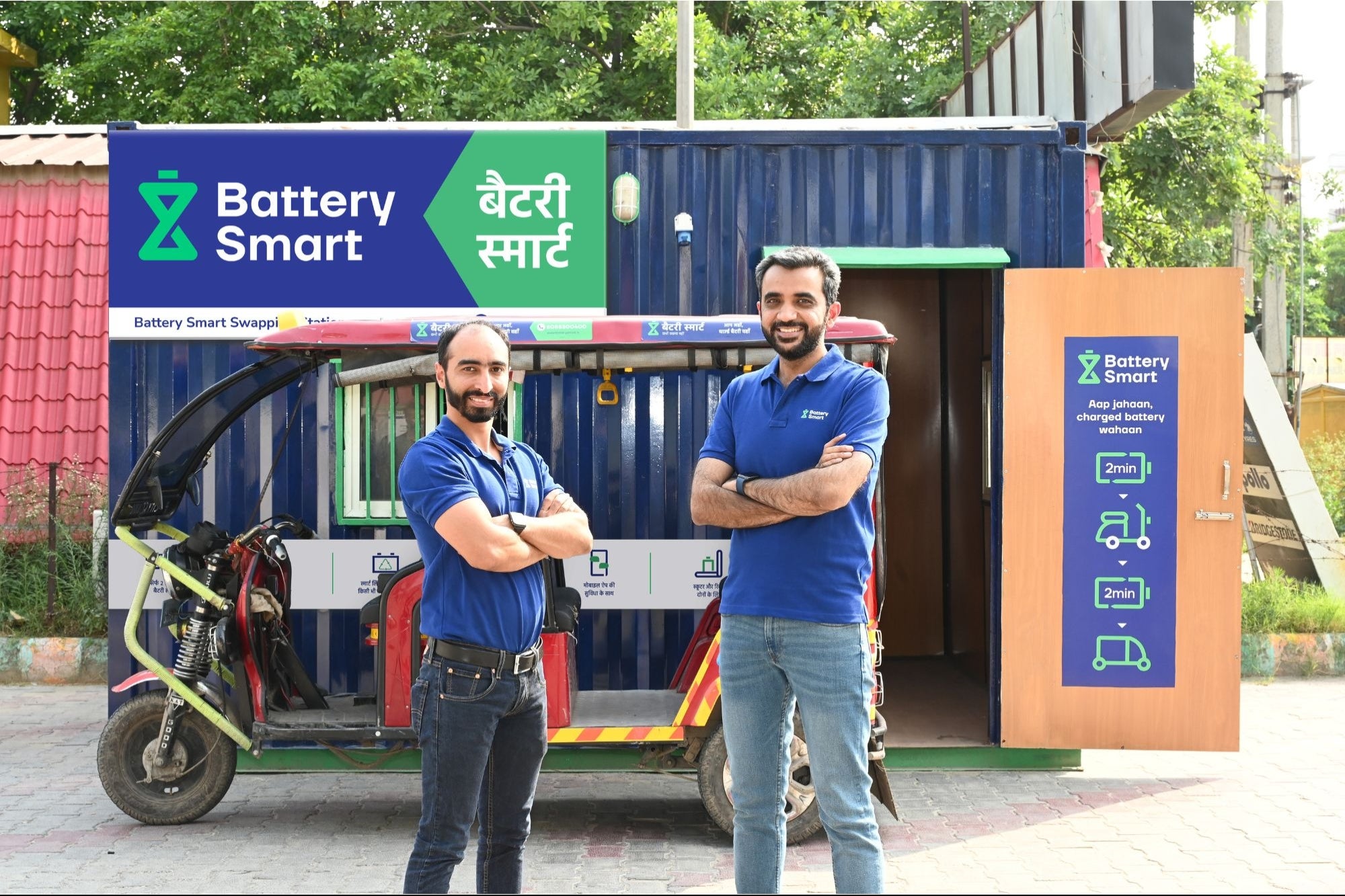"What's the Point?" Guidelines to Customer Loyalty Programs This system will help you establish a strong platform for customer loyalty programs
Opinions expressed by Entrepreneur contributors are their own.
You're reading Entrepreneur India, an international franchise of Entrepreneur Media.

Many entrepreneurs understand the need for customer loyalty. However, few clearly understand the link between a typical card-based loyalty initiative and customer loyalty.
Loyalty is not something that gets created because of a personalized loyalty card.
Let's understand some basics:
Customer Loyalty is an Outcome - of some very complex, powerful, relevant and personalized experiences that a brand extends to its valued clients.
Deep Understanding of Customers is a Pre-Requisite – for brands to extend these personalized and relevant experiences.
Understanding is at Multiple Levels – Profile, Past Behaviour and Needs (overt or covert) – Profile is typically captured during enrolment. Past behaviour is typically captured when the customer uses the card regularly with transactions. And needs are better understood by customer responses to either offers, promotions, surveys or product variants.
So why do so many brands use a points-based program? One simple answer is to raise the value of the engagement with every transaction. A flat discount (often advocated to extend "instant gratification") may motivate customers to use multiple cards, not allowing the brand to distinguish between multiple transactions by the same users and multiple users. However, reward points create an incentive for the customer to use the same card (or mobile phone number) repeatedly. Brands also build-in a system to create stronger incentives for frequent users or high-value clients by way of program tiers which create higher levels of benefits. This raises the stakes as the relationship progresses (the total value of accumulated rewards points is far higher at the end of a year, making the card perceived to be more valuable.
Over time, the observation of the customer allows the brand to then create better and personalized offerings. Many brands then use additional incentives (such as bonus points) to motivate the desired behaviour among customers. Desired behaviours help either lower costs or deliver superior profits. Customers, in turn, receive a superior brand experience and begin to develop a positive attitude towards the brand. This is enhanced by a strong layer of relevant communication fostering emotive loyalty.
In other words, without personalized and relevant offerings, or personalized and relevant communication, the mechanics of the loyalty program by itself is inadequate in fostering loyalty.
How does this apply to us entrepreneurs?
Five Important Guidelines to keep in mind when thinking of loyalty programs are:
Create a mechanism to capture customer profile (This could be as simple as asking for a visiting card in a fish-bowl to as complex as an online form that offers a downloadable mobile application).
Create a mechanism to link this customer profile to customer behaviour (typically a plastic card with a magnetic stripe or a bar code that gets captured during check out of a retail store). In e-commerce situations, you may not need a card because the email address itself may be enough to identify and attribute repeat transactions to a single user. It is important to prevent customers from creating multiple profiles (Multiple cards typically get used when the brand gives an instant discount with every card). Customers using multiple discount cards will appear like multiple customers as opposed to one customer using the brand multiple times).
Creating a mechanism to increase the value of a relationship and benefits to a customer over time. The most obvious method is to assign points that add up quite well over time, making them meaningful to a customer.
Create a mechanism to disproportionately reward and recognize the most valuable customers. This is typically done by way of tiers (that allow high frequency /high-value users to get superior access to the brand, products and services), bonus points and exclusive offers.
Regularly analyse profile and behaviour information and learn about customer preferences by way of their responses to your offers. These learnings will help create meaningful engagement. Tools for engagement include Rewards (to ensure engagement with the program) Benefits (to motivate the desired behaviour), and relevant and personalized Communication (to foster affection, loyalty and advocacy).












